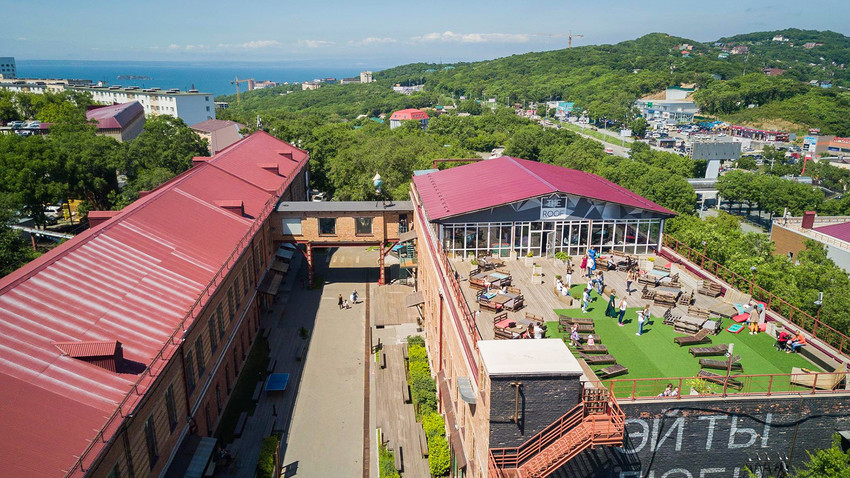
Zarya Center for Contemporary Art
Pavel OtdelnovIn the past few decades converted red brick factories have been the preferred stomping grounds of Russia’s urban bohemian crowd who are eager to display and enjoy contemporary art. Thanks to both the tsarist and Soviet eras, there’s no lack of authentic and atmospheric venues that inspire with their industrial dilapidation.
The first trendy places opened in the
Since then, thousands of Moscow hipsters have flooded those art meccas, passionate for the new, fresh air of contemporary art and design.
By the way, in the early 2000s the word “art” directly entered the Russian language as “АРТ,” and since then it’s used almost everywhere to emphasize that an event, institution or object is more creative than you might expect.
‘Art’ continued to make giant steps across Russia’s vast expanse, eventually reaching Perm with the Perm Museum of Contemporary Art (PERMM), as well as Yekaterinburg with its Ural Industrial Biennale, and finally reaching Russia’s
Vladivostok has a few state art galleries: the Primorye State Picture Gallery was formed in the 1960s with
The Primorye Gallery has masterpieces by Valentin Serov, Marc Chagall, Wassily Kandinsky and other renown artists, but mostly the collection represents the Soviet view on fine art. Another gallery, ARKA, was Vladivostok’s main institution for contemporary art until 2013 when a new creative cluster opened at the defunct Soviet-era Zarya Textile Factory
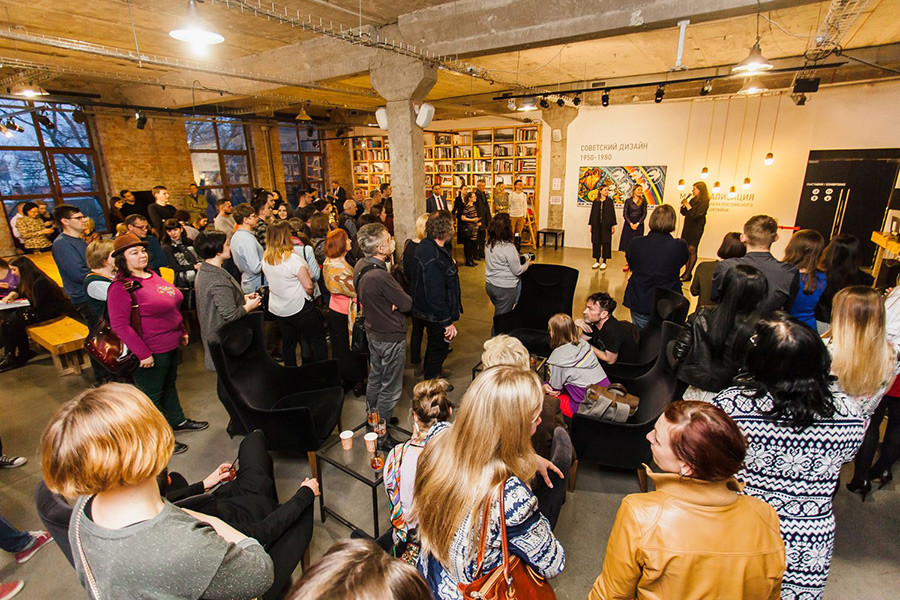
Opening day of “Soviet Design, 1950–1980” exhibition, 2017
Press photo/ZaryaCurrently, two duos of Finnish artists live and work in residence: SASHAPASHA are Russian émigrés, and Lilli Haapala & Juri Jalasmaki came to Vladivostok from Finland by train.
The name ‘Zarya’ was an important concept during the Soviet era, and translates as ‘sunrise.’ It was used as a name for many Soviet-made items: watches, household equipment, newspapers and more. It meant hope, the birth of a new day and era.
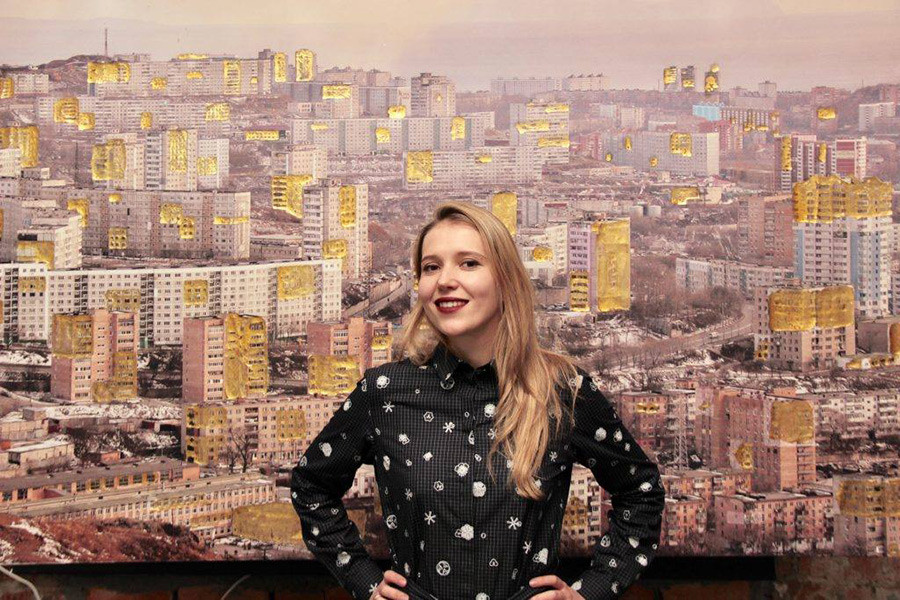
Zarya’s chief curator Alisa Bagdonaite
Anton Pastukhov“Most of our exhibition program involves contemporary art,” said Alisa Bagdonaite, Zarya’s chief curator. “But we can’t show only ultra-modern things because local people haven’t seen much else.”
One of the first exhibitions that Bagdonaite arranged was a feminist project. She thought it would be very symbolic because women worked for decades at the textile factory. But outcast from the factory after its closing, former female workers didn't want to return here and the feminist angle appeared to be relevant only to a small audience. The general (mostly patriarchal) local public was not enthusiastic and perceived the exhibition in a negative way.
So, Alisa decided to reconsider her approach. “I understood that the scene in Vladivostok was very distanced from the main cultural events and phenomena, which were never presented, explained or discussed here. People lacked more context.”
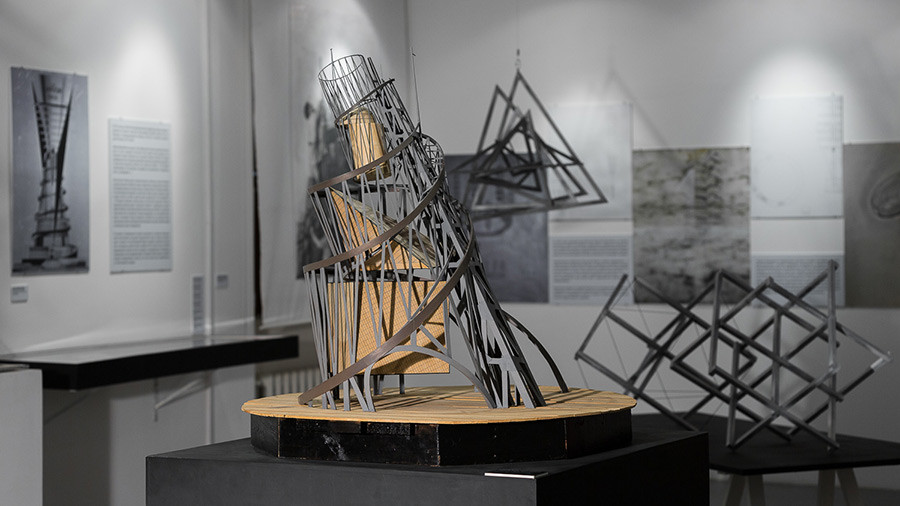
Vladimir Tatlin. A model of Tatlin’s Tower, or the project for the Monument to the Third International. (“Perpetuum Mobile: Russian Kinetic Art” exhibition, 2017)
Press photo/ZaryaTherefore, Zarya began to arrange retrospective exhibitions. “We were the first art space in Russia to tell the history of Kinetic art, and we took Avant-garde art as the entry point,” said Bagdonaite.
Usually, Zarya organizes two exhibitions simultaneously: one flagman display is focused on history and researches the topic in progress; while the other show gives another perspective, angle or curator’s vision on the same topic. In case of Kinetic art, there were two satellite small exhibitions reflecting
Last year Zarya displayed Soviet design, but at the same
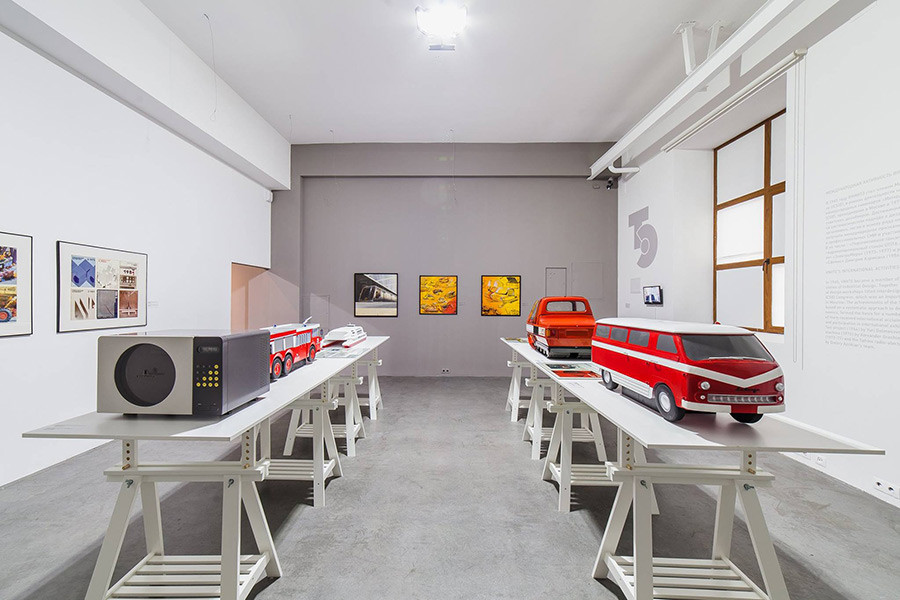
“Soviet Design, 1950–1980” exhibition, 2017
Press photo/Zarya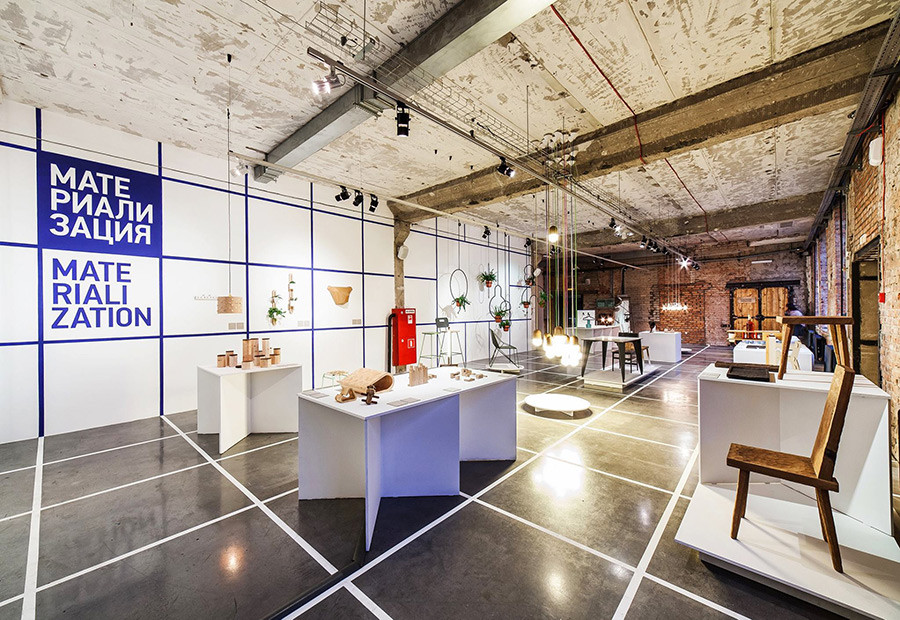
“Materialization” exhibition featuring young Russian designers and studios, 2017
Press photo/ZaryaOne of Zarya’s main goals is to reflect the local landscape and life. Bagdonaite is especially proud of the exhibition, “Rebels at the Edge: Contemporary Art in Vladivostok,
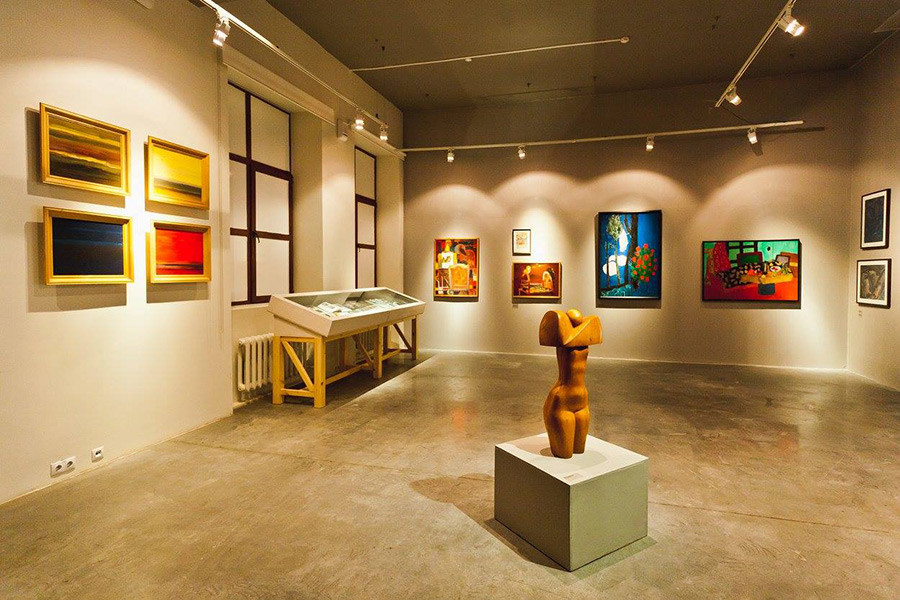
“Rebels at the Edge: Contemporary Art in Vladivostok, 1960s – 2010s,” exhibition, 2015
Press photo/Zarya“While geographically we are in Asia, when we look around we see the post-Soviet urban landscape, which is the space that we live in mentally,” said Bagdonaite
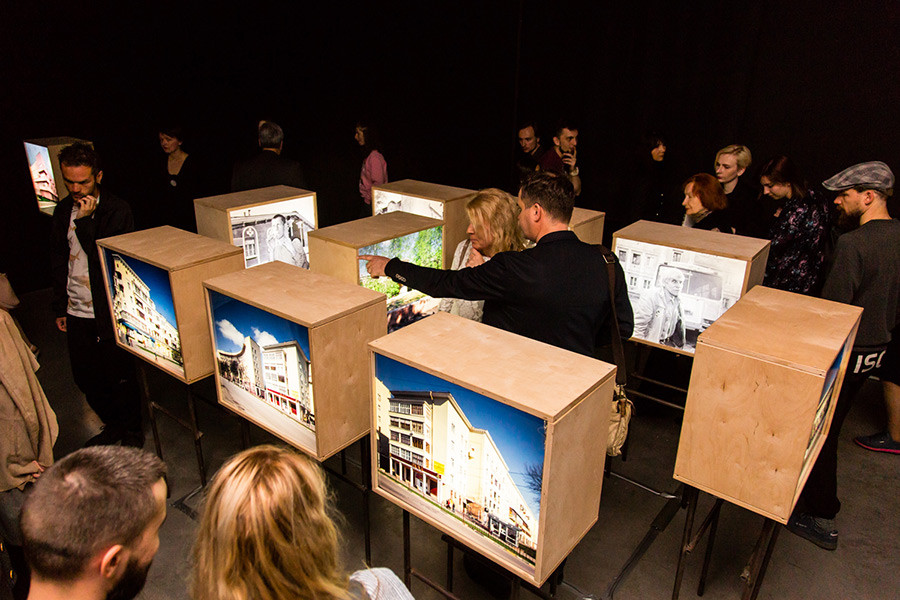
“Architecture: Doomed to Optimism,” exhibition, 2018
Press photo/Zarya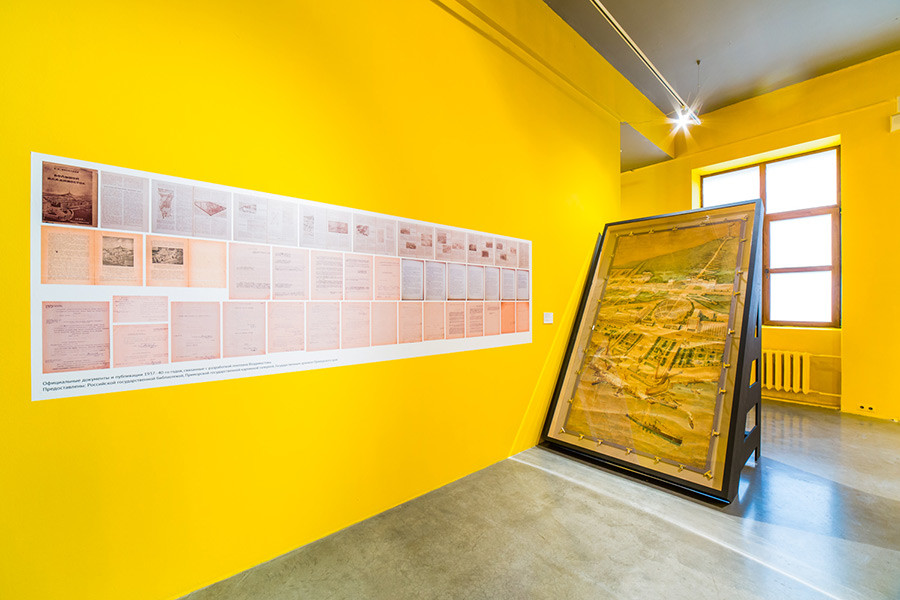
“Architecture: Doomed to Optimism,” exhibition, 2018. On the right: the 20th century city general plan
Press photo/Zarya1. Valery Chtak - Many cats
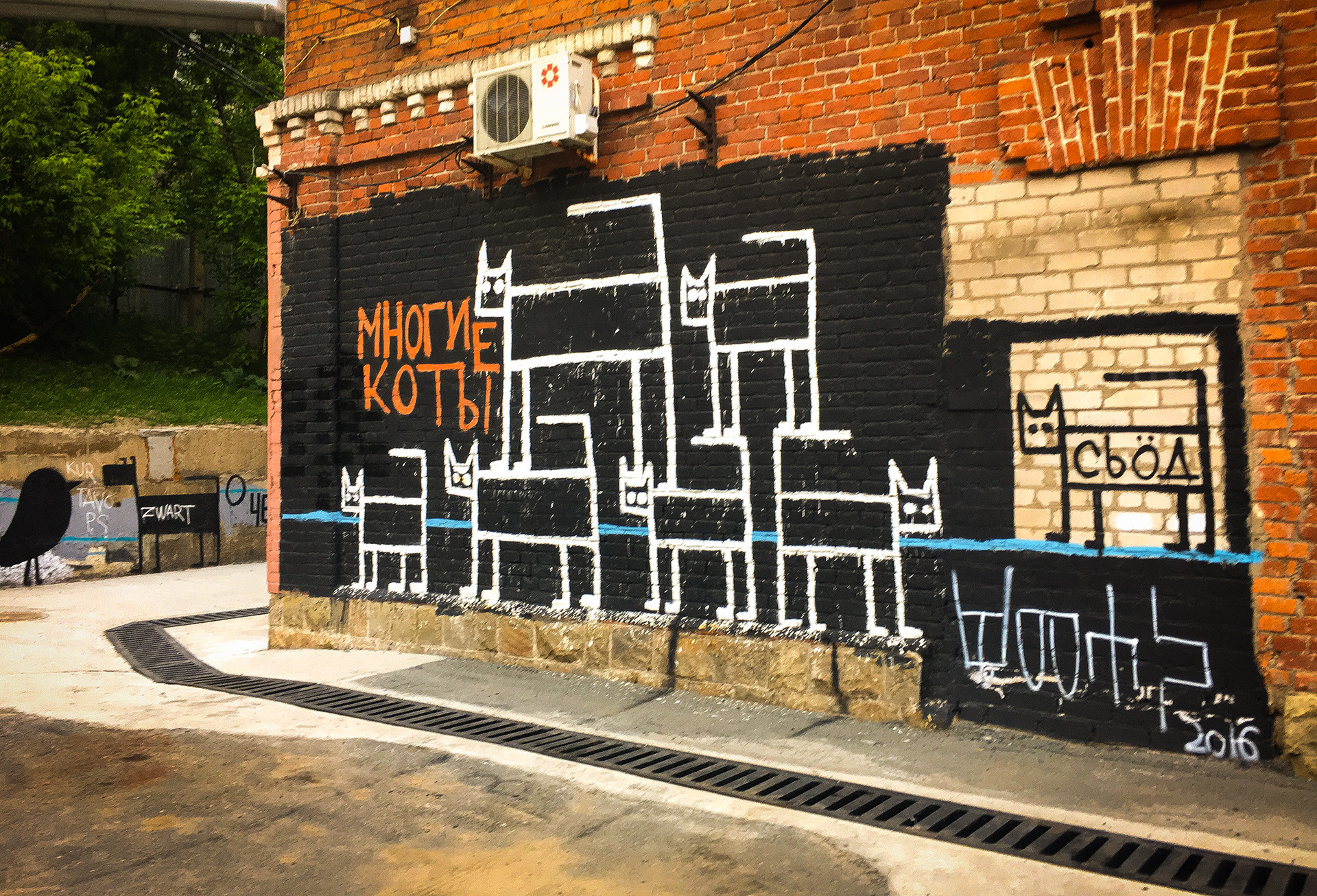
2. Pavel Zumkin - Razzle Dazzle

3. Pasha 183 - Alyonka
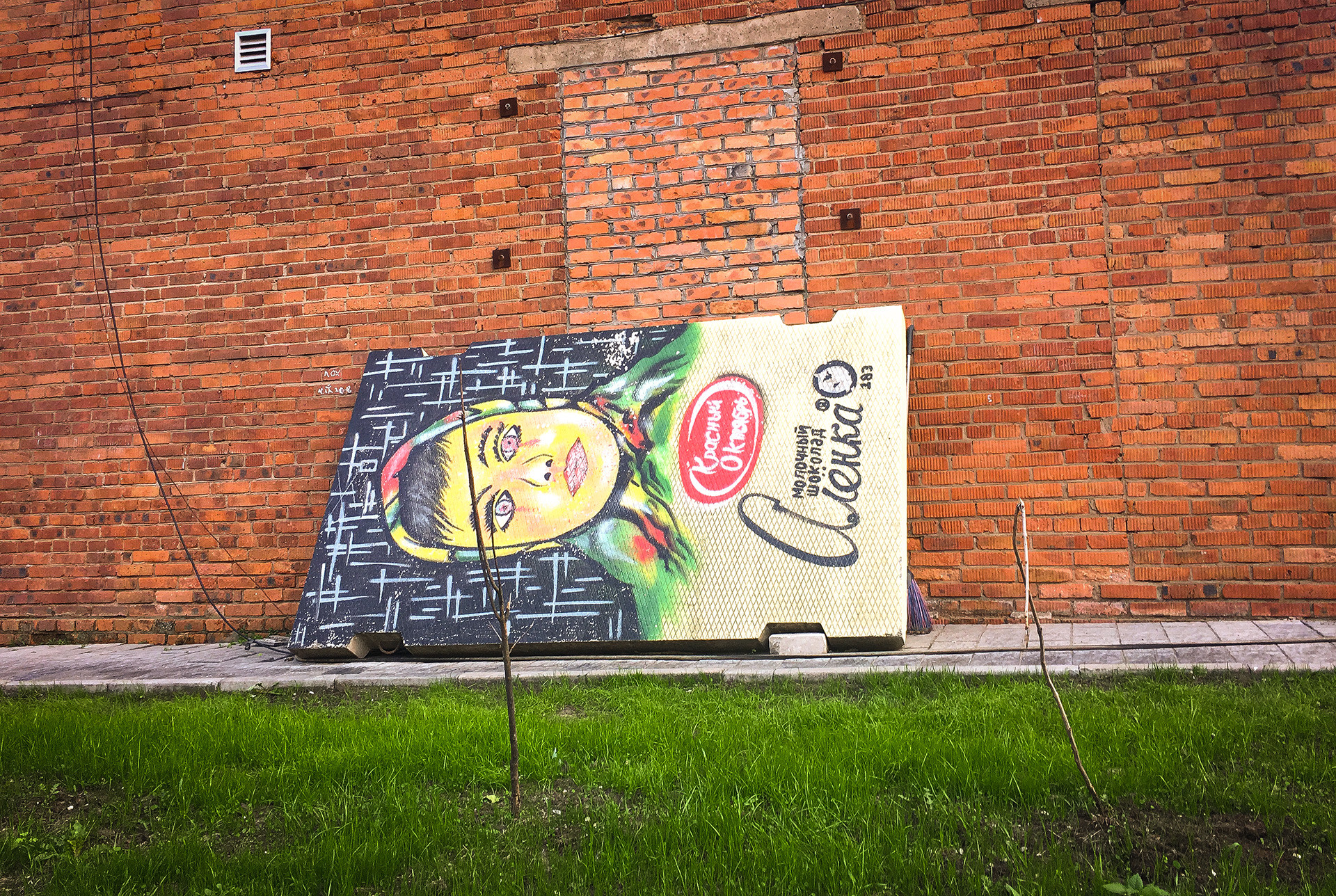
4. Slava PTRK - Tiger
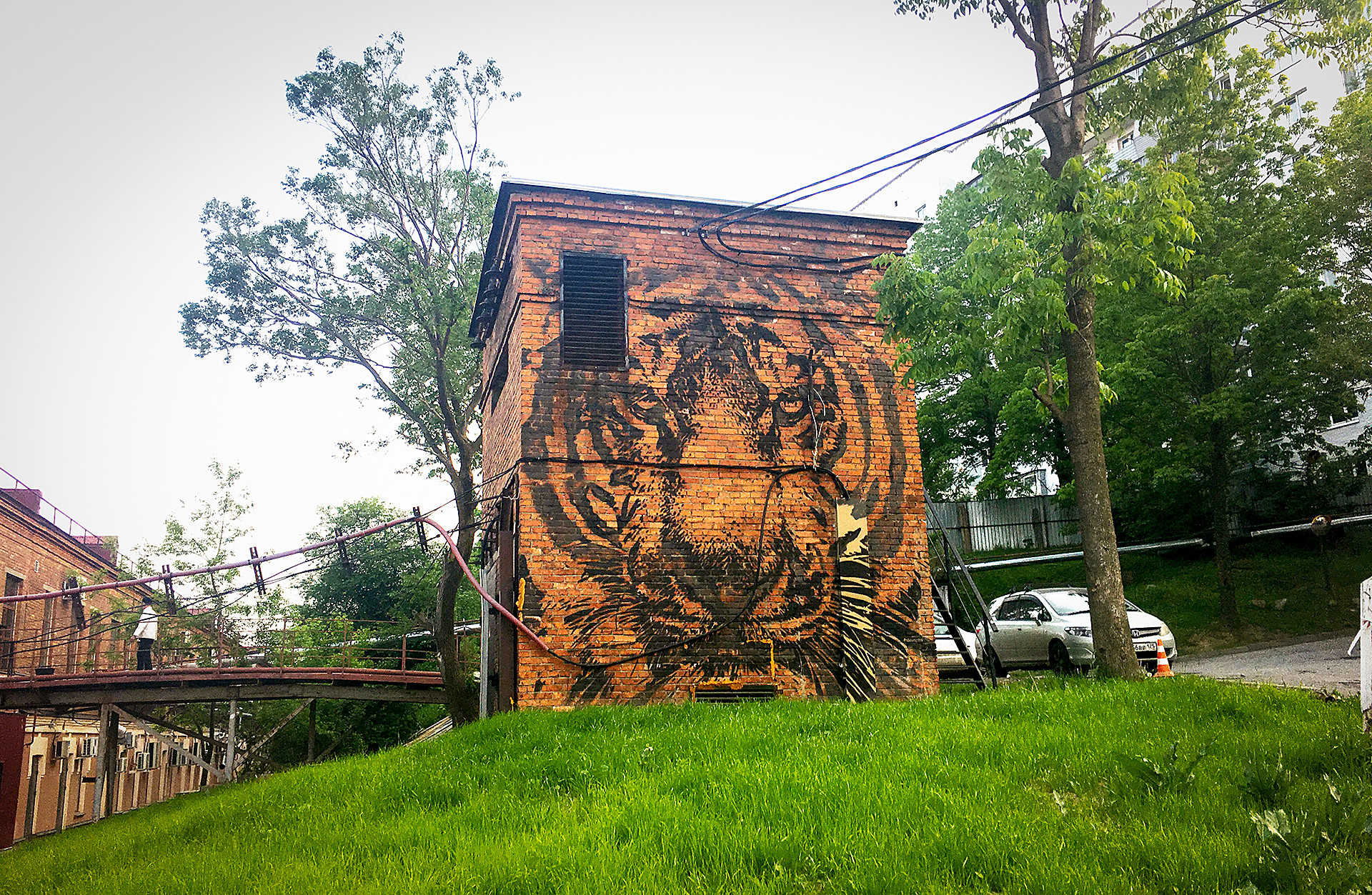
5. Timofei Radya - Hey you, love me
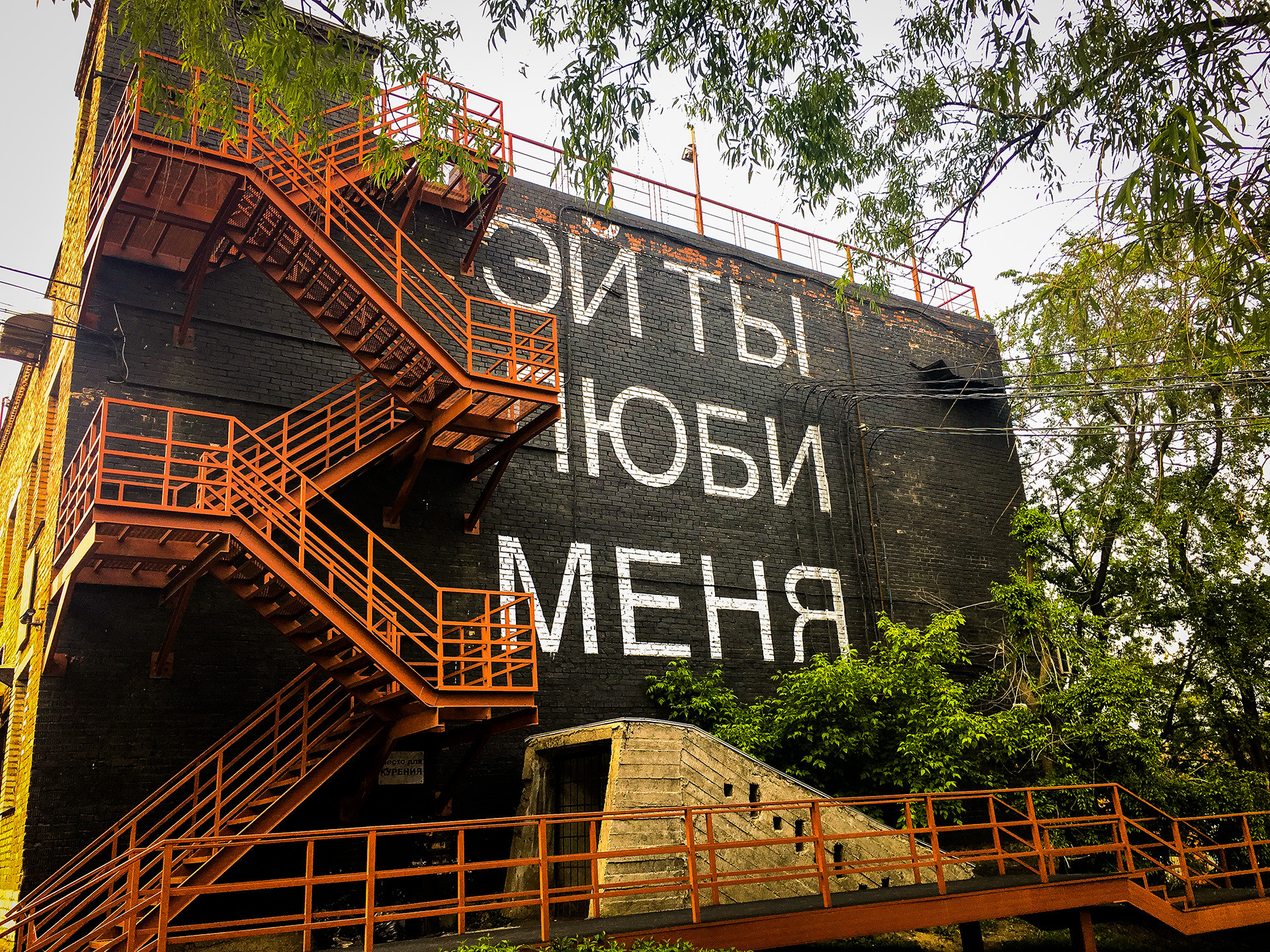
If using any of Russia Beyond's content, partly or in full, always provide an active hyperlink to the original material.
Subscribe
to our newsletter!
Get the week's best stories straight to your inbox